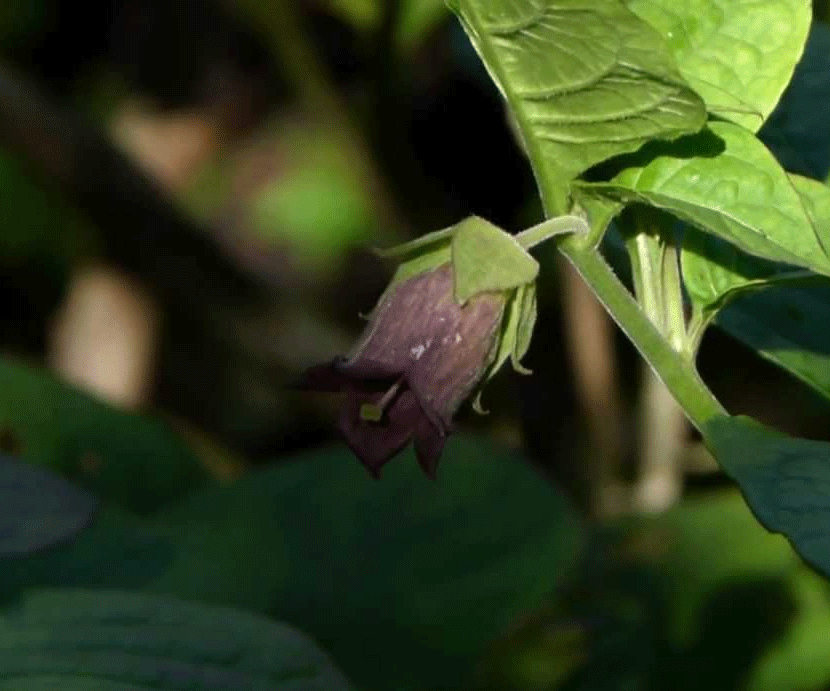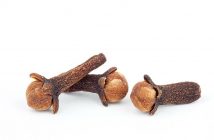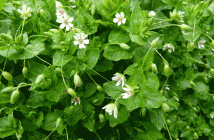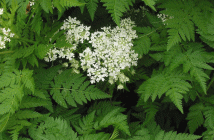 Known as “deadly nightshade” due to its potentially poisonous properties if administered in too strong a dosage, belladonna (Atropa belladonna) is a perennial reaching as much as six feet in height. Its thick, creeping rootstock gives rise to a smooth, branched stem bear-ing unequal-sized pairs of dull green leaves. Roughly seven-and-one¬half inches in length, the leaves bear solitary bell-shaped, purplish¬brown drooping flowers from midsummer to early fall, followed by shiny black berries.
Known as “deadly nightshade” due to its potentially poisonous properties if administered in too strong a dosage, belladonna (Atropa belladonna) is a perennial reaching as much as six feet in height. Its thick, creeping rootstock gives rise to a smooth, branched stem bear-ing unequal-sized pairs of dull green leaves. Roughly seven-and-one¬half inches in length, the leaves bear solitary bell-shaped, purplish¬brown drooping flowers from midsummer to early fall, followed by shiny black berries.
Belladonna’s medical value-in this case, as a treatment for heart arrhythmia-was first noted in a book by the Greek physician Galen. Clitorides recommended it several centuries later in his own herbal for such conditions as acid indigestion, erysipelas, heartburn, migraines, and shingles. In Le Grand Her bier, an herbal published in Paris in 1504, several French doctors prescribed belladonna as a potent sedative for insomnia. John Gerard’s The Herbal[; or, General Histories of Pl antes (1597) recommended it for gout and rheumatoid arthritis.
For the reduction of pain in such maladies, a fluid extract derived from belladonna root stock and leaves is typically employed. Externally, a liniment rub composed of the herb and gin, brandy, or vodka is applied to relieve aches and pains.
Belladonna was also utilized by Samuel Hauptmann (1755-1843), the father of homeopathy, for curing scarlet fever. The treatment was continued by his disciples and was widely used by mainstream physicians up to the end of the nineteenth century.



